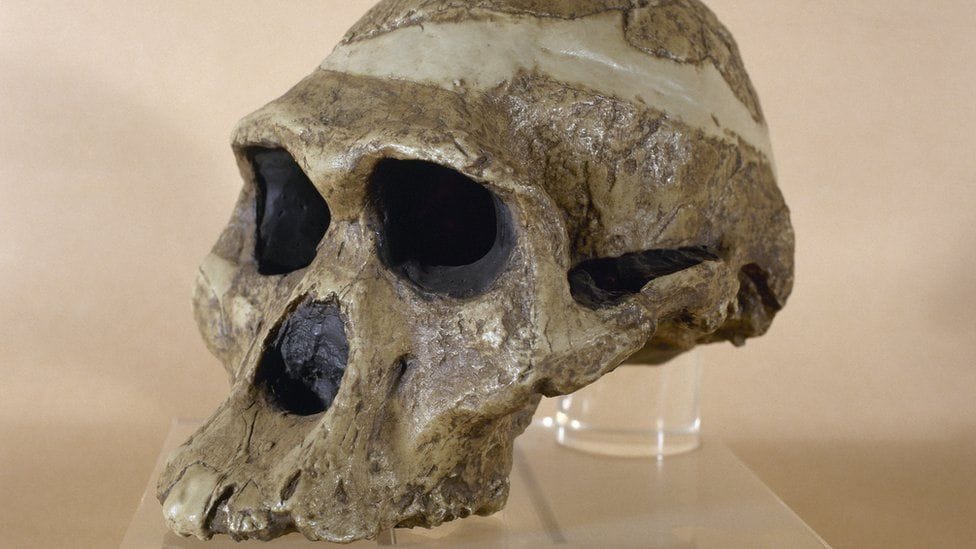
Recent research reveals that the fossilised remains of humanity’s oldest ancestors are one million years older than scientists had originally thought.
In the past, Australopithecus fossils have been found at Sterkfontein caves at the Cradle of Humankind world heritage site northwest of Johannesburg.
The site had more Australopithecus fossils than any other site in the world.
“Mrs. Ples,” the most well-known, was one of them. Mrs. Ples is the nickname of the most intact and complete skull of an Australopithecus africanus ever found in South Africa in 1947.
Previously, specialists estimated that Mrs. Ples and other fossils discovered in the cave at a comparable depth were between 2.1 and 2.6 million years old. The earlier measurements now seem to be inaccurate.
Mrs. Ples and other fossils near her were between 3.4 and 3.7m years old
According to the new radioactive dating techniques, Mrs. Ples, and the others discovered around her, are actually one million years older than thought. The researchers found that Mrs. Ples and other fossils near her were between 3.4 and 3.7m years old.
French scientist Laurent Bruxelles noticed in the most recent study that “chronologically that didn’t fit. Bruxelles is one of the authors of the study published in the PNAS science journal.
He said to AFP that “It was bizarre to see some Australopithecus lasting for such a long time.”
About 2.2m years ago the Homo habilis – the earliest species of the Homo genus that includes Homo sapiens – was already roaming the region.
But there were no signs of Homo habilis at the depth of the cave where Mrs. Ples was found.
The previous dates underestimated the age of the fossils because they measured calcite flowstone mineral deposits, which were younger than the rest of that cave section, the study said.
For this study, the researchers used the cosmogenic nuclide dating technique, which looked at levels of rare isotopes created when rocks containing quartz were hit by high-speed particles that arrived from outer space.
“Their radioactive decay dates when the rocks were buried in the cave when they fell in the entrance together with the fossils,” said the study’s lead author, Darryl Granger of Purdue University in the US.
